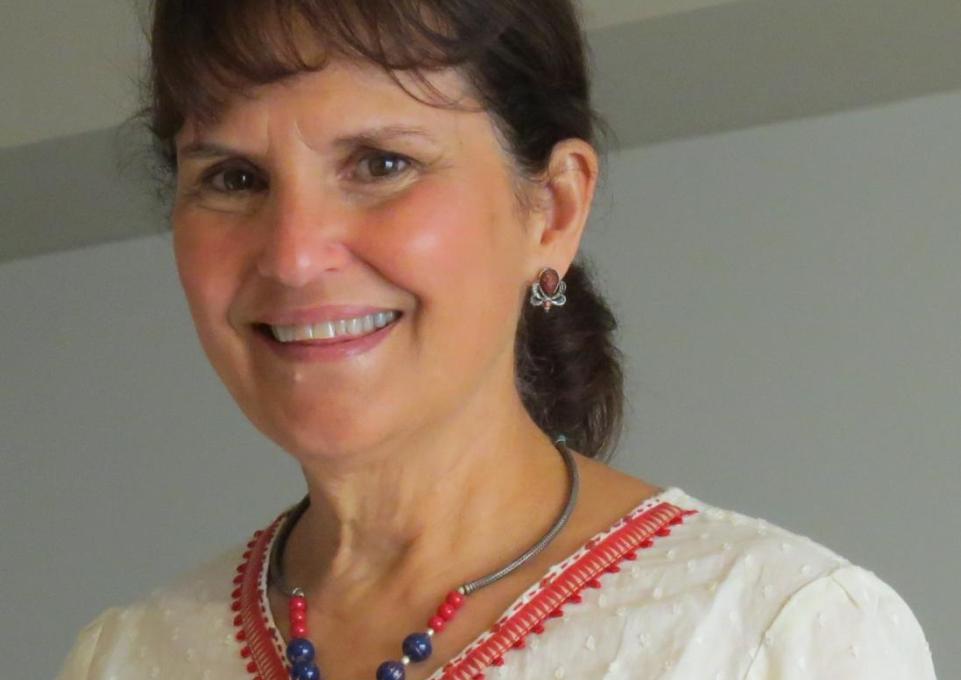
Math isn’t what you thought it was.
That’s the lesson that Christina Carter, lecturer of mathematics and coordinator of Buffalo State’s Introduction to Mathematics course, hopes liberal arts students unlikely to take math again take away from her class. And she believes she has found a way to share what she knows: that mathematics is not only interesting but beautiful.
“In my 40-year teaching career, I have never been more excited about a teaching innovation than I am about a flipped classroom,” said Carter. The so-called “flipped classroom” gets its name because two traditional components of a typical classroom are reversed. In a traditional classroom, the instructor presents new materials in a lecture; then students develop and test their knowledge by completing homework. In a flipped classroom, students watch videos that present new material outside of class and use classroom time to work on problems.
Carter tried a flipped classroom in one of the calculus courses she teaches. “Almost immediately, I knew it was going to be good,” she said. “The students came to class with well-written notes on content, and they were completely engaged in collaboration on problems.” At the end of the course, some students still did poorly but the grades among the top students were higher. Carter gave an “A” grade to 25 percent of her calculus students—a higher percentage than ever before.
When she flips a classroom, Carter starts by creating a series of lecture videos to present the course content. When the class meets, she gives students a brief open-note quiz on the most recent video assigned. “Right away, students have an incentive to study the video and take good notes,” she said. After the quiz, she distributes problem sets that apply and extend the video content. Students break into small groups to tackle the problems. Carter walks around the classroom, answering questions and helping any group that gets stuck.
"This gives me the opportunity to learn my students' misperceptions and address them as they arise,” she said. “As a result, I become a mentor who facilitates interactive learning rather than a lecturer.”
Carter, with funding from Buffalo State’s Scholarship of Teaching and Learning and a grant from the Educational Advancement Foundation in Austin, Texas, is researching whether a flipped classroom improves students’ abilities in quantitative reading comprehension and final exam scores in the introductory math class.
